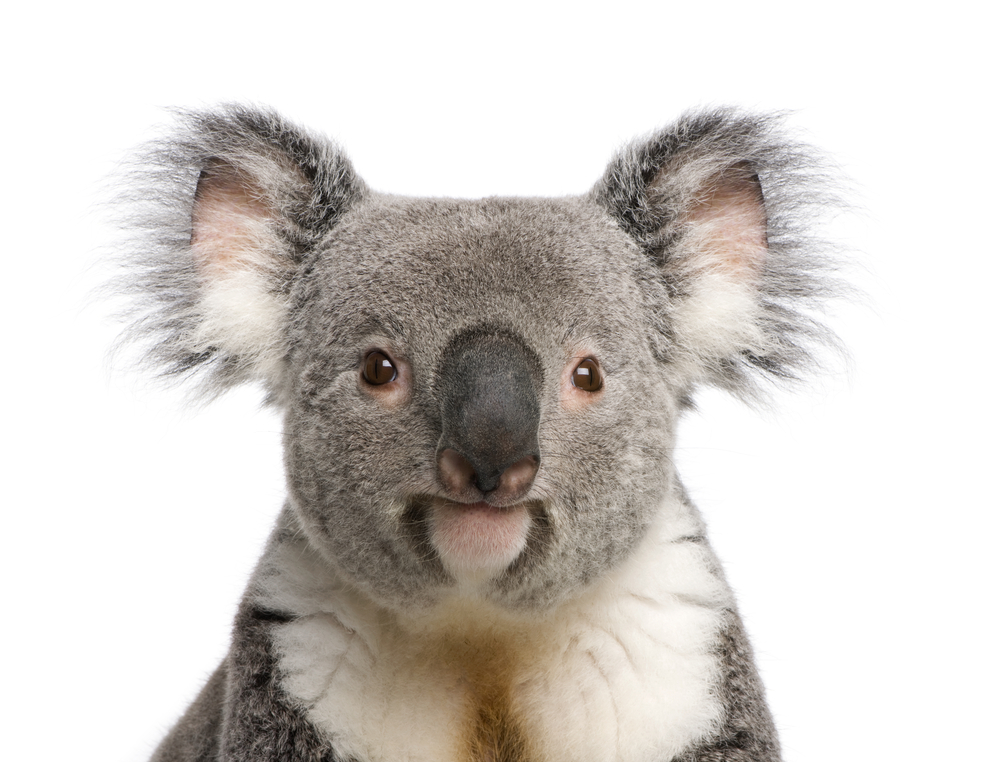Koalas to Humans: 'We Are Not Bears'

If koalas could talk, they might say: "Hey, humans. We're not bears."
And they'd be right. Though koalas are often called "koala bears," they are not bears. In fact, they're not even that closely related.
Koalas and bears share scientific classification up to the class level, Mammalia, before they begin to branch apart. Koalas fall first into the infraclass Marsupialia — animals characterized by giving birth to underdeveloped young, which the mothers then raise in a pouch — and then into the order Diprotodontia, family Phascolarctidae, and genus Phascolarctos.
Phascolarctos cinereus, are the lone extant representative of Phascolarctidae, which also includes six well-known fossil species, five lesser-known fossil species, and two fossil species that are debatable. Three subspecies of koala have been described, though many biologists believe these distinctions are arbitrary and invalid, so all koalas currently fall under cinerus.
Koalas are more closely related to kangaroos and wombats, which are both members of Diprotodontia, than bears, which belong to the order Carnivora. (Kangaroos and wombats, we might add, are also not bears.)
So, how did they get stuck with the "bears" moniker? English-speaking settlers from the late 18th century first called it such because of its (miniature) bear-like appearance and behavior. It's a mistake that has been reflected in the scientific history of the animal: Phascolarctos, is derived from Greek phaskolos "pouch" and arktos "bear."
Sign up for the Live Science daily newsletter now
Get the world’s most fascinating discoveries delivered straight to your inbox.










